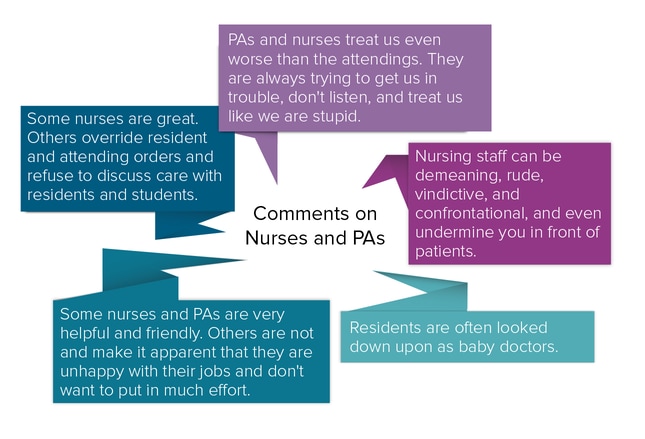Understanding the Key Differences: What's the Difference Between HELOC and Home Equity Loan?
#### What's the difference between HELOC and home equity loan?When homeowners consider leveraging their property’s equity, two primary options often come to……
#### What's the difference between HELOC and home equity loan?
When homeowners consider leveraging their property’s equity, two primary options often come to mind: a Home Equity Line of Credit (HELOC) and a Home Equity Loan. Both financial products allow homeowners to access the equity built up in their homes, but they function in distinct ways and serve different financial needs. Understanding the differences can help you make an informed decision about which option is best for your financial situation.
#### What is a Home Equity Loan?
A Home Equity Loan is a type of loan that allows homeowners to borrow a lump sum of money against the equity they have in their home. This loan typically has a fixed interest rate and a set repayment term, often ranging from 5 to 30 years. The amount you can borrow usually depends on the equity you have in your home, which is determined by the appraised value of your home minus any outstanding mortgage balance.
Home Equity Loans are ideal for homeowners who need a specific amount of money for a one-time expense, such as home renovations, debt consolidation, or major purchases. Since the loan amount is disbursed in one lump sum, borrowers can plan their finances accordingly, knowing exactly how much they will receive and what their monthly payments will be over the life of the loan.

#### What is a HELOC?
In contrast, a Home Equity Line of Credit (HELOC) functions more like a credit card. It provides homeowners with a revolving line of credit that they can draw from as needed. Borrowers can access funds up to a predetermined credit limit and only pay interest on the amount they actually use. HELOCs typically have variable interest rates, which means payments can fluctuate over time.
HELOCs are particularly beneficial for homeowners who have ongoing expenses or projects, such as home improvements, medical bills, or educational costs. The flexibility to borrow and repay multiple times during the draw period (usually 5 to 10 years) makes HELOCs a popular choice for those who want to manage their cash flow more dynamically.
#### Key Differences Between HELOC and Home Equity Loan

1. **Structure of Borrowing**: The most significant difference lies in how the money is borrowed. Home Equity Loans provide a lump sum payment, while HELOCs offer a line of credit that can be drawn upon as needed.
2. **Interest Rates**: Home Equity Loans typically come with fixed interest rates, providing predictable monthly payments. On the other hand, HELOCs usually have variable interest rates, which can lead to fluctuating monthly payments based on market conditions.
3. **Repayment Terms**: With Home Equity Loans, borrowers start repaying the loan immediately after disbursement. HELOCs often have a draw period where no principal payments are required, allowing borrowers to pay only interest during this time.
4. **Purpose and Usage**: Home Equity Loans are better suited for one-time expenses, while HELOCs are ideal for ongoing costs or projects that require flexibility in borrowing.

5. **Fees and Closing Costs**: Both options may come with fees, but HELOCs can sometimes have lower upfront costs. Home Equity Loans may have higher closing costs due to the lump sum nature of the loan.
#### Conclusion
In summary, understanding the differences between a Home Equity Loan and a HELOC is crucial for homeowners looking to tap into their home equity. Each option has its advantages and potential drawbacks, depending on individual financial needs and circumstances. Evaluating your financial situation, considering how you plan to use the funds, and consulting with a financial advisor can help you choose the best option for your needs. Whether you opt for the fixed nature of a Home Equity Loan or the flexibility of a HELOC, both can be valuable tools for managing your finances and achieving your goals.